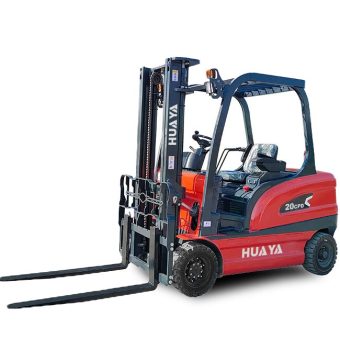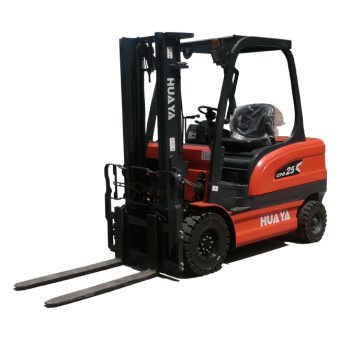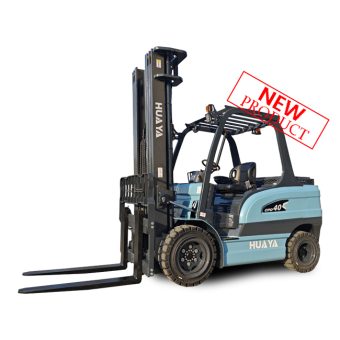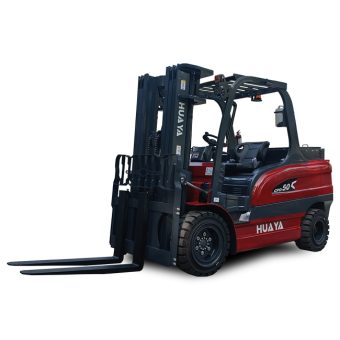
News
When it comes to indoor material handling, selecting the right forklift is crucial for efficiency, safety, and productivity. Forklifts come in various types, each designed for specific environments and tasks. In this guide, we will delve into the factors to consider when choosing a forklift for indoor use and explore the best options available in the market.
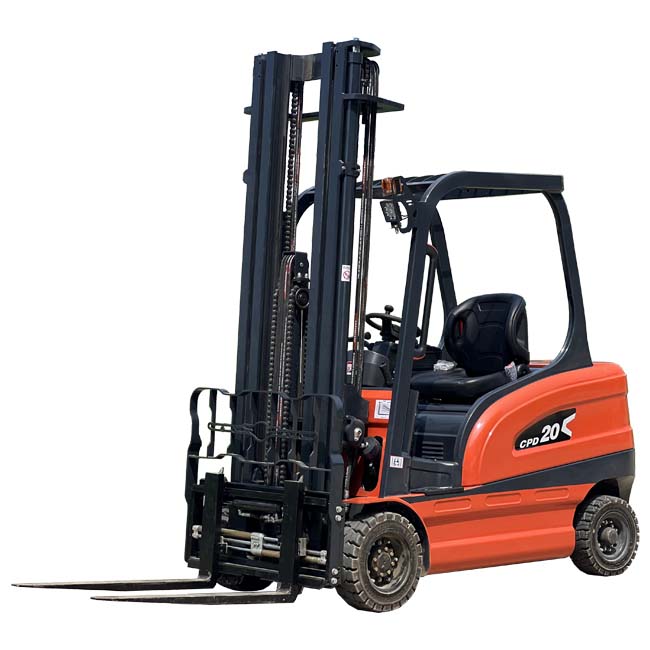
Consider the size of your indoor space. If you have narrow aisles, a narrow aisle or very narrow aisle forklift may be the best fit.
Opt for a forklift with good maneuverability to navigate through tight spaces effortlessly.
Indoor spaces often have strict emission regulations. Electric forklifts are a cleaner and quieter option compared to their gas or diesel counterparts.
Electric forklifts are ideal for environments where ventilation might be an issue.
Assess the weight of the loads you'll be handling. Forklifts come in various load capacities, so choose one that can handle your typical loads comfortably.
Keep in mind the potential growth of your operations and select a forklift with a slightly higher capacity if needed.
For indoor use, cushion tires are often preferred over pneumatic tires. Cushion tires provide better traction and are suitable for smooth, flat surfaces commonly found indoors.
Determine the maximum lifting height required for your operations. Different forklift models have varying lifting capabilities, so choose one that meets your specific vertical handling needs.
Ideal for general indoor use.
Zero emissions make them suitable for environmentally sensitive areas.
Great for applications with smooth, level surfaces.
Designed for narrow-aisle storage.
Excellent for high stacking in confined spaces.
Electric-powered for minimal emissions.
Perfect for order fulfillment in warehouses.
Allow operators to pick items from high shelves with precision.
Battery-powered for indoor use.
Suitable for moving palletized loads short distances.
Compact and maneuverable.
Electric pallet jacks are commonly used indoors.
Selecting the right forklift for indoor use involves a careful assessment of your specific needs and operational environment. By considering factors such as space constraints, emission levels, load capacity, tire type, and lifting height, you can make an informed decision that enhances both safety and productivity in your facility.
A: While the initial cost of electric forklifts may be higher, they often provide long-term savings through lower operating costs and reduced maintenance expenses.
A: While it's possible, cushion-tired forklifts are generally recommended for indoor use due to their better traction on smooth surfaces.
A: The lifespan of a forklift battery depends on factors such as usage, maintenance, and charging practices. On average, a well-maintained battery can last up to five years or more.
A: Forklift operators should undergo training initially and receive refresher courses regularly, typically every three years, to ensure continued safety and adherence to best practices.
A: It's not recommended. Indoor forklifts may not have the same weatherproofing and durability features as outdoor models, making them less suitable for outdoor use.
